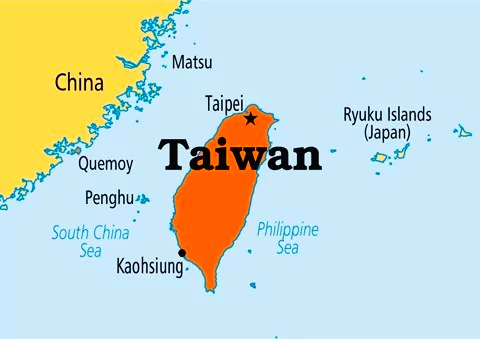The latest report of the Intergovernmental Panel on Climate Change (IPCC) warns the world about the close relationship between climate change and disease, which states that climate change heightens the global risk of infectious diseases.
| Relevancy for Prelims: IPCC Report Reveals Link Between Climate Change and Disease Risks, Disease X, Integrated Disease Surveillance Programme (IDSP), Integrated Health Information Platform (IHIP) and One Health Approach.
Relevancy for Mains: Climate change and new infections and disease scenarios, India’s taken initiatives in this direction and need for a One Health approach. |
|---|
Protecting ecosystems, fostering collaboration, and embracing the One Health paradigm could be the best defences in the face of a changing climate and the growing threat of infectious diseases. There is a need to take concerted efforts, not just to adapt but also to proactively safeguard our planet and its inhabitants.
| Must Read | |
| NCERT Notes For UPSC | UPSC Daily Current Affairs |
| UPSC Blogs | UPSC Daily Editorials |
| Daily Current Affairs Quiz | Daily Main Answer Writing |
| UPSC Mains Previous Year Papers | UPSC Test Series 2024 |
As per a report of the World Inequality Lab (Income And Wealth Inequality In India, 1922-2023), inequality has risen worldwide, especially after COVID-19.
| Relevancy for Prelims: Wealth Tax, Kuznets curve, World Inequality Lab and Henley Private Wealth Migration Report.
Relevancy for Mains: Rising Economic Inequalities and Wealth Tax- Need, Significance and Challenges. |
|---|
India needs a shift in its fiscal policy that needs such measures that can create employment opportunities. As various countries have introduced the wealth tax, India can introduce a progressive wealth tax along with other fiscal steps to counter the growing inequalities.
| Prelims PYQ (2019):
In the context of any country, which one of the following would be considered as part of its social capital? (a) The proportion of literates in the population (b) The stock of its buildings, other infrastructure and machines (c) The size of population in the working are group (d) The level of mutual trust and harmony in the society Ans: (d) |
|---|
| Must Read | |
| NCERT Notes For UPSC | UPSC Daily Current Affairs |
| UPSC Blogs | UPSC Daily Editorials |
| Daily Current Affairs Quiz | Daily Main Answer Writing |
| UPSC Mains Previous Year Papers | UPSC Test Series 2024 |
Amidst rising conflicting scenarios between China and Taiwan, further escalated by the US entry that would probably fight to defend Taiwan, India needs to enact tougher policies to serve its own interests.
| Relevancy for Prelims: South China Sea Dispute, India Taiwan Relations, and China’s Belt And Road Initiative (BRI).
Relevancy for Mains: China Taiwan Conflict and Impact on India and actions that need to be taken by India. |
|---|

Taiwan Map
India’s expanding interests and ambitions suggest the need for different policy settings, and adoption of above mentioned options can also advance India’s grand strategic position, regardless of their impact on the China Taiwan dispute, deepen India’s cooperation with the U.S., exhibit India’s international leadership, especially among countries of the Global South.
| Prelims PYQ (2022):
Which one of the following statements best reflects the issue with Senkaku Islands, sometimes mentioned in the news? (a) It is generally believed that they are artificial islands made by a country around South China Sea. (b) China and Japan engage in maritime disputes over these islands in East China Sea. (c) A permanent American military base has been set up there to help Taiwan to increase its defence capabilities. (d) Through International Court of Justice declared them as no man’s land, some South-East Asian countries claim them. Ans: (b) |
|---|
| Must Read | |
| NCERT Notes For UPSC | UPSC Daily Current Affairs |
| UPSC Blogs | UPSC Daily Editorials |
| Daily Current Affairs Quiz | Daily Main Answer Writing |
| UPSC Mains Previous Year Papers | UPSC Test Series 2024 |
<div class="new-fform">
</div>
